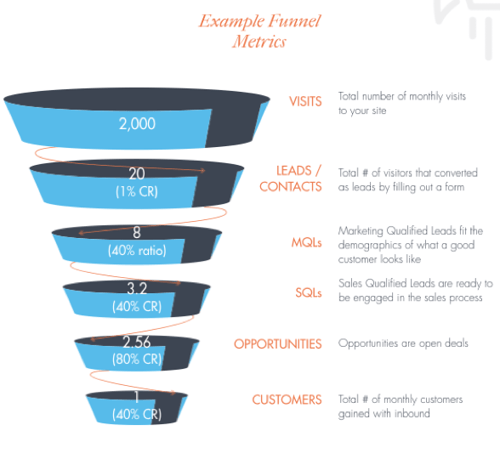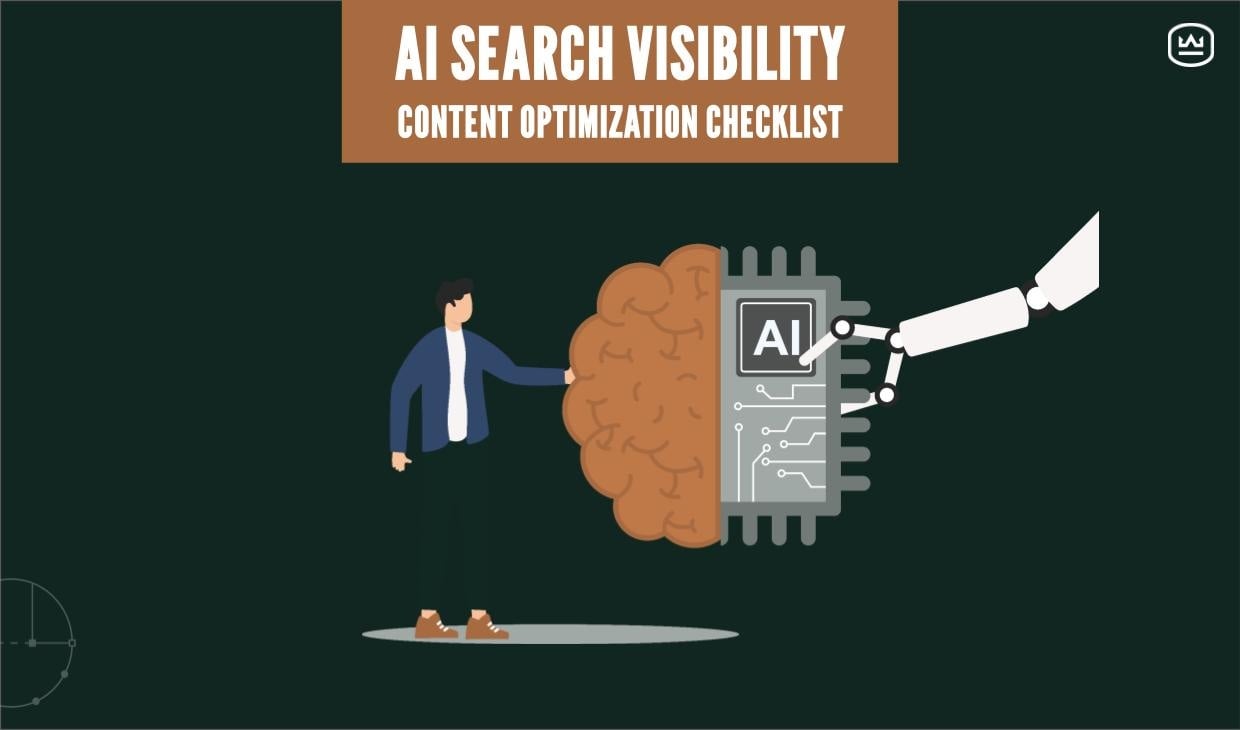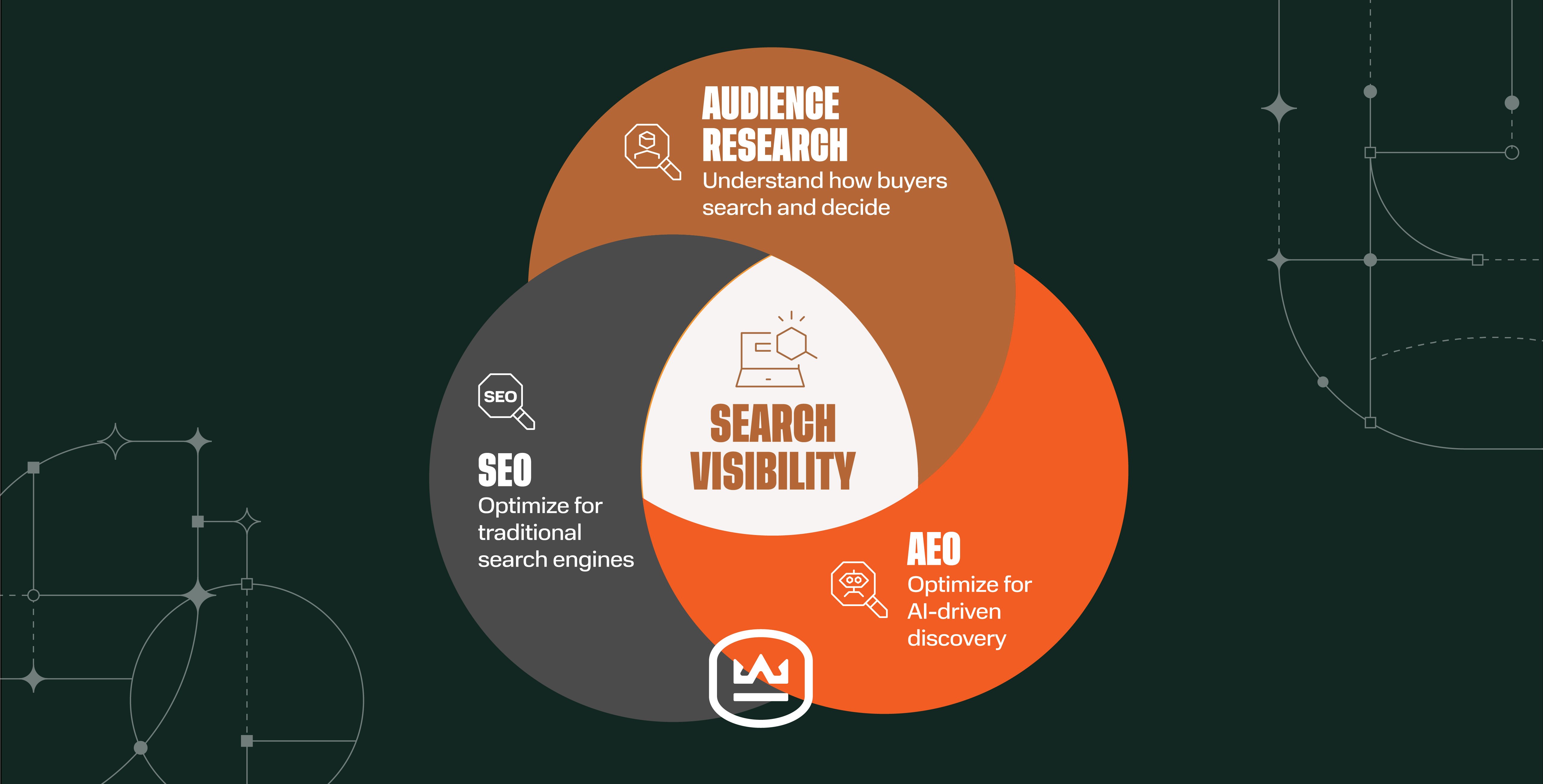Weidert Wednesday: When Will I See ROI from an Inbound Marketing Program?
Written by

Yes, an inbound marketing program requires an investment of both time and money. It is marketing, after all.
Yet, it sure would be nice to know when you’ll begin to see some ROI from your inbound marketing efforts.
While inbound marketing allows you to measure everything you do — which is nearly impossible with traditional marketing tactics such as print ads and radio spots — it does require some patience before you see qualified leads start rolling in.
You have every right to ask, “When will I see ROI from my inbound marketing program?” Unfortunately, the initial answer is usually…“It depends.” Watch the video above for more insight.
Using the Right Terminology: ROI vs Payback
When your inbound marketing program is established and rolling along, ROI is the ratio that tells you how profitable your investment is. When you’re first starting to get things up and running, however, your payback on investment — the amount of time it takes to recoup your initial inbound marketing investment — is more applicable.
RELATED: 7 HubSpot Revenue Attribution Reports Every Marketer Needs
According to a HubSpot study of companies using inbound marketing, nearly 84% increase leads and nearly 50% increase sales within 7 months. Yet, identifying the timeframe for payback on investment requires some facts. We need to look at variables that affect the speed at which you’ll start seeing results.
Variables That Influence Success
Program Variables
- Foundational work — Before launching an inbound marketing program, you need to fully understand your competitors, market conditions, and opportunities. Only then can you develop a plan that targets the right people in the right way at the right times.
- Customer insights — Do you really know your customers and prospects? Their internal challenges? Reporting relationships? Influencers? Motivations? A clear picture helps you create content that attracts them.
- Quality content — The more your content is aligned with your targets’ needs and demonstrates value, the more effective that content is in attracting and converting visitors into leads and leads into customers
- Activity amount — The more quality blogs you publish, the more traffic you get. The same holds true for frequency of social media posts, new content offers, emails, and other activities.
Execution Variables
- Commitment to execution — Posting blogs. Engaging on social media. Preparing a video shoot. These need to get done. Inbound marketing requires dedication and time; it’s a full-time job, and the various components of an inbound program can’t be put on the back burner.
Other Variables
- Length of sales cycle — The longer it takes prospects to research, evaluate, and make a decision, the more time it takes for an inbound program to see results. If yours is a highly considered product, results will take longer.
- Sales team followup — A Service Level Agreement (SLA) outlines specific protocols for handling website visitors and leads so there’s no question who does what when. Your marketing team knows your sales team will properly follow up on leads.
Exploring the Buyer’s Journey
To help get a grasp on a payback timeframe, it helps to review the typical rate of conversion in your industry from …
- contact → marketing qualified lead
- marketing qualified lead → sales qualified lead
- sales qualified lead → opportunity
- opportunity → new customer
 Let’s also look at your customers’ purchase cycles, the complexity and cost of your product, your average customer lifetime value, and other factors in order to understand how long it should take before you start getting qualified leads into your pipeline.
Let’s also look at your customers’ purchase cycles, the complexity and cost of your product, your average customer lifetime value, and other factors in order to understand how long it should take before you start getting qualified leads into your pipeline.
Remember “activity amount” above? The more advanced content you have, the more quickly traffic increases, and the faster you’ll turn contacts into customers. Lead generation accelerates once content reaches a critical mass of articles. We usually say that’s about 30 pieces of content, including blog posts.
Accelerate Your Success
In summary, to improve the likelihood of fast results from inbound, follow these general steps:
- Start by developing a smart strategy and plan that’s based on a deep dive into your prospects and their needs
- Execute your plan with discipline; commit time and effort
- Monitor and analyze initial results; modify activities to optimize
No one likes to hear “it depends” when you ask about the ROI from your inbound marketing efforts. But as you can see, there’s no definitive answer. We can tell you with confidence, though, that a solid and well-developed plan, executed correctly, will quickly result in very positive changes to metrics that matter.
Speaking of a well-developed plan, are you looking for practical guidance as you build your company’s annual marketing plan? Click below to download our Annual Marketing Plan Template, a guide to help you plan for and develop a strategically sound and ultimately effective annual inbound marketing plan.
Subscribe To Our Blog
Information. Insights. Ideas. Get notified every time a new Weidert Group blog article is published – subscribe now!
You May Also Like...

Search Engine Optimization
How Falcon Rebuilt Industrial AI Search Visibility in 2025

Search Engine Optimization
The New Search Visibility Checklist for AI-Era Content Marketing

Search Engine Optimization
SEO Isn’t Dead. It’s Evolving: How B2Bs Can Stay Visible in the Age of AI
Accelerate Your Growth with
Weidert Group
If you’re ready to explore a partnership, request a personalized consultation with our team.
